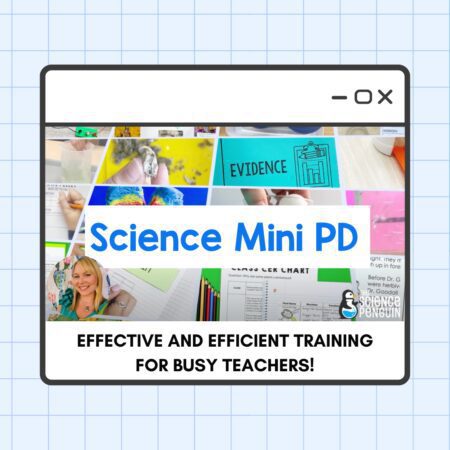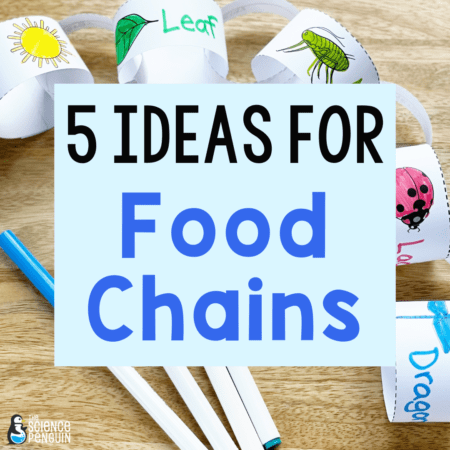
Plant study is always a crowd favorite with students and science fairs- but they’re dependability can be a bit frustrating to a busy teacher!
I’ve done a lot of research on mineral nutrients, essential nutrients, and soil to know how to help teachers study plants in their classroom.
Take a look at these ideas for your next unit!
1. 3 Favorite Plants for Science Investigations
- Radishes: Radishes make a great plant for investigations for a few reasons. They are able to germinate fairly quickly (within 10 days) and they are small, therefore won’t take up too much room in your classroom.
- Beans: Classic and dependable. Beans are easy to get and can grow in compact places.
- Green Onions: One of my personal favorites to experiment with! Green onions are good for testing various growing conditions due to their pigmentation. They are also very easy to measure and the amount of shoots they grow is a great data point to observe and discover.
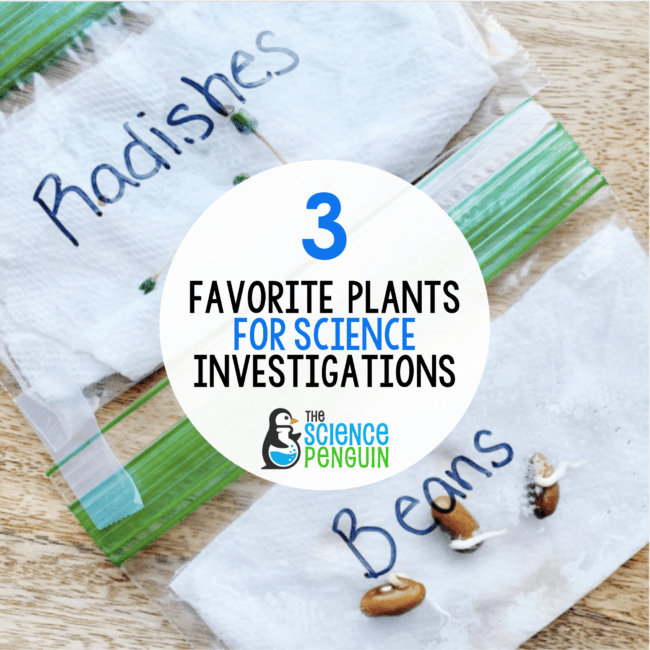
2. Plant Needs for Survival Investigations
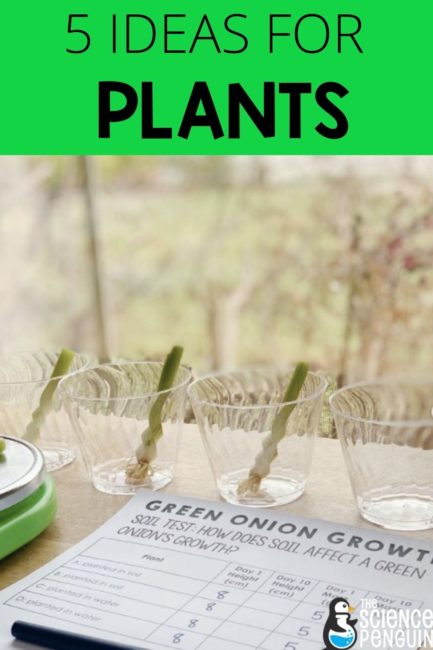
Do plants need air, water, and soil? What are some ways certain plants have adapted to get obtain everything they need to thrive?
Through phenomena, students investigate the question together, support a claim with evidence, and enjoy learning about the natural world. Instead of just teaching students facts about plants, immerse them in an investigation to help them figure out what plants need to survive and thrive with a green-onion based investigation or a sunflower investigation.
3. Try a Seed Study
Looking for ideas to study structure and function?
Get outside and collect seeds with your students or just on your own. Their shape, color and location can tell you so much! Observe the seeds closely guess how they might travel (animal fur, wind, etc.), their various adaptations and how they germinate!
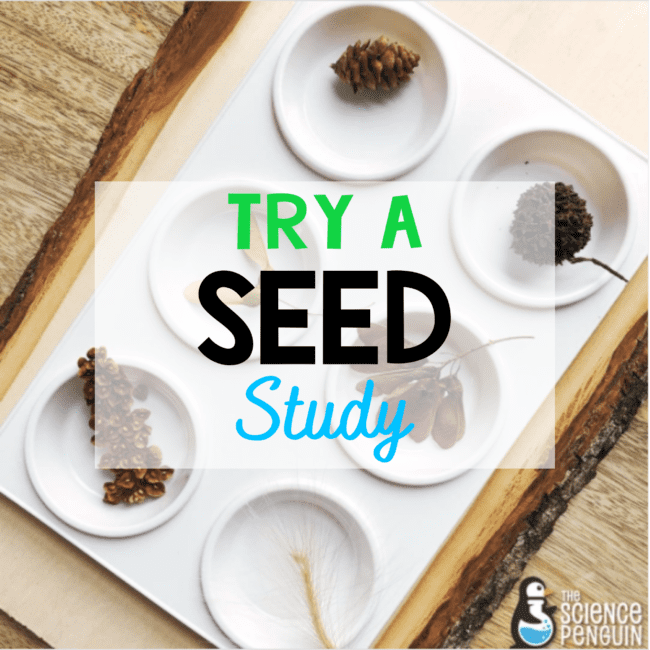
4. Strawberry Investigation
While strawberries make a great snack, they make an even better investigation medium!
Use this strawberry life science unit to extract strawberry DNA, investigate germination, and compare life cycles of different plants.
Students will study plant structures for survival, photosynthesis, and acquired vs. inherited traits of plants in this versatile investigation!
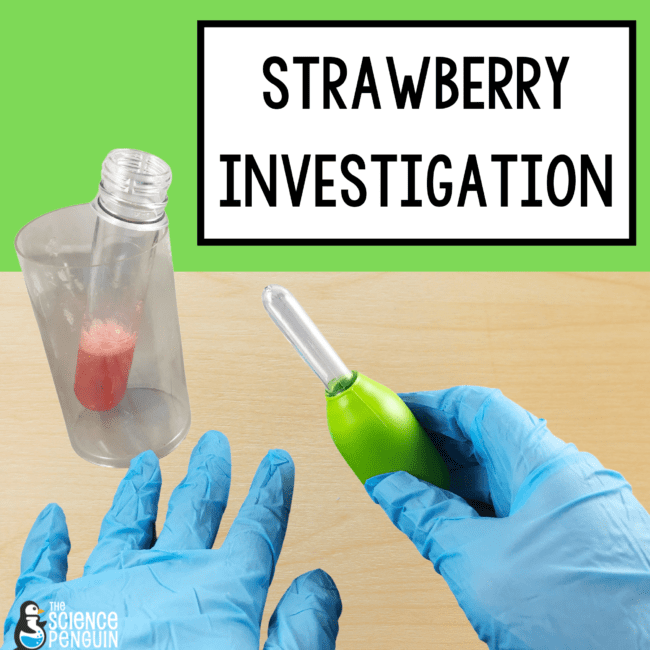
5. Seed Investigation
Does fruit size affect the number of seeds in the fruit? Does seed size affect plant height?
Taking a look at common plants like peppers, strawberries, tomatoes and sunflowers, along with a little research about average height, can help answer these questions. Students can dissect various fruits of plants to record data about seed number and size to answer these questions in a hand-on investigation.
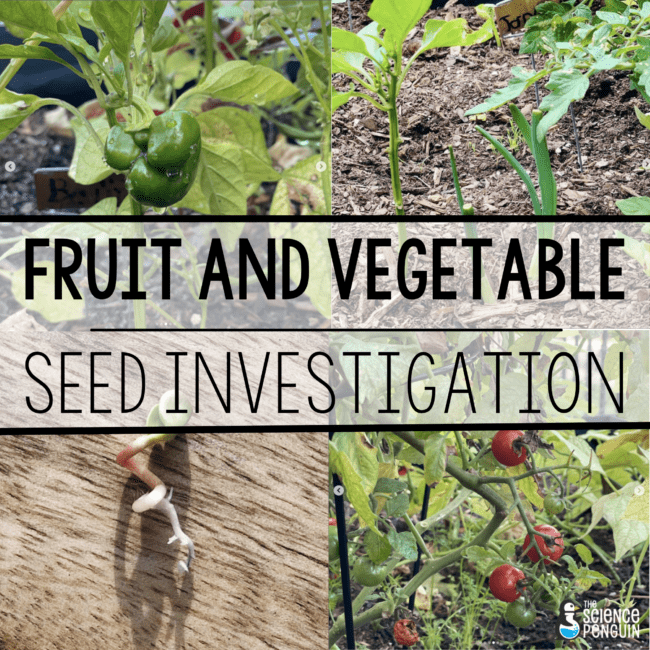
Sign up for the Free Resource Library
This is an exclusive library of 40+ science printables, labs, activities, and games for grades 3-6. Sign up and check your email for immediate access.

